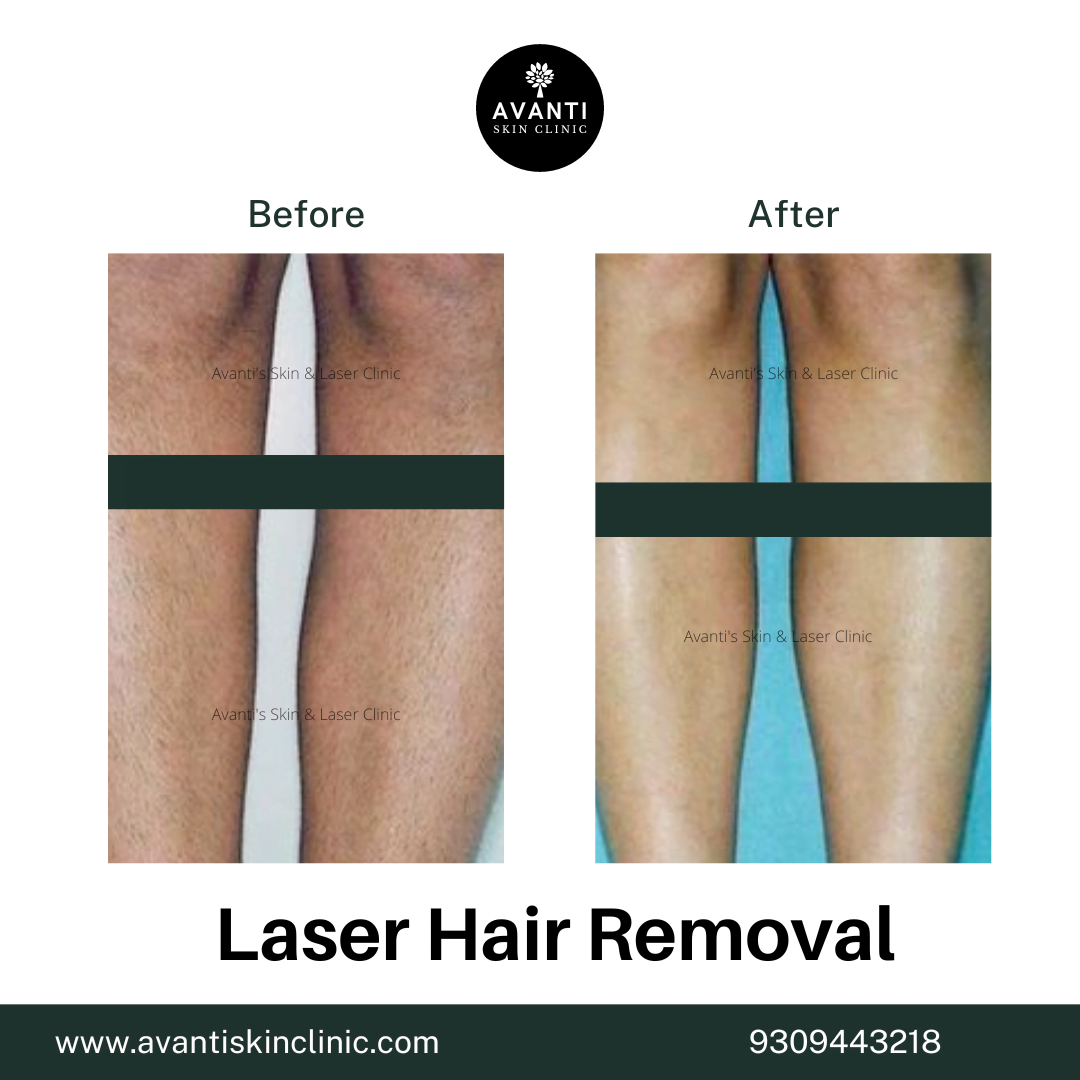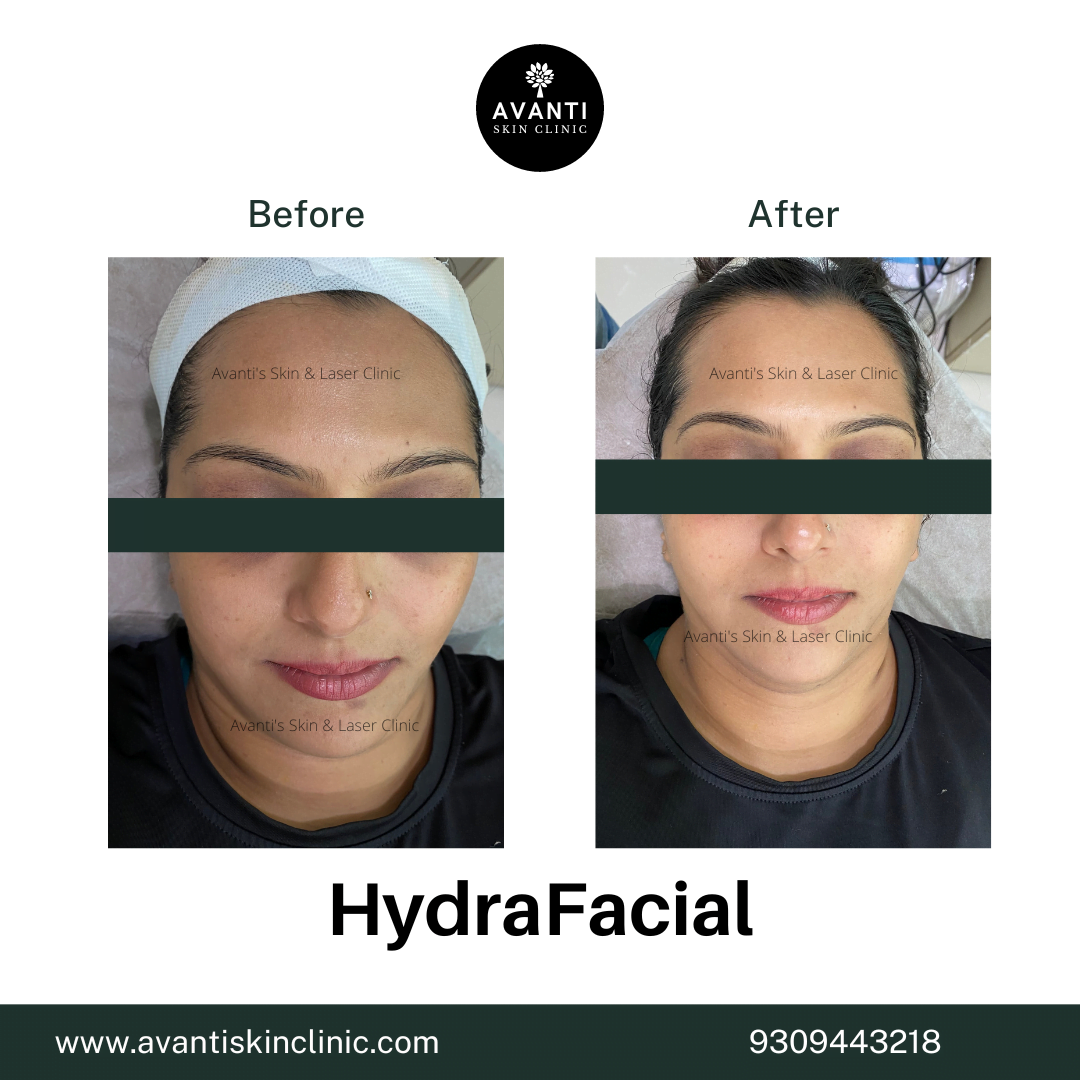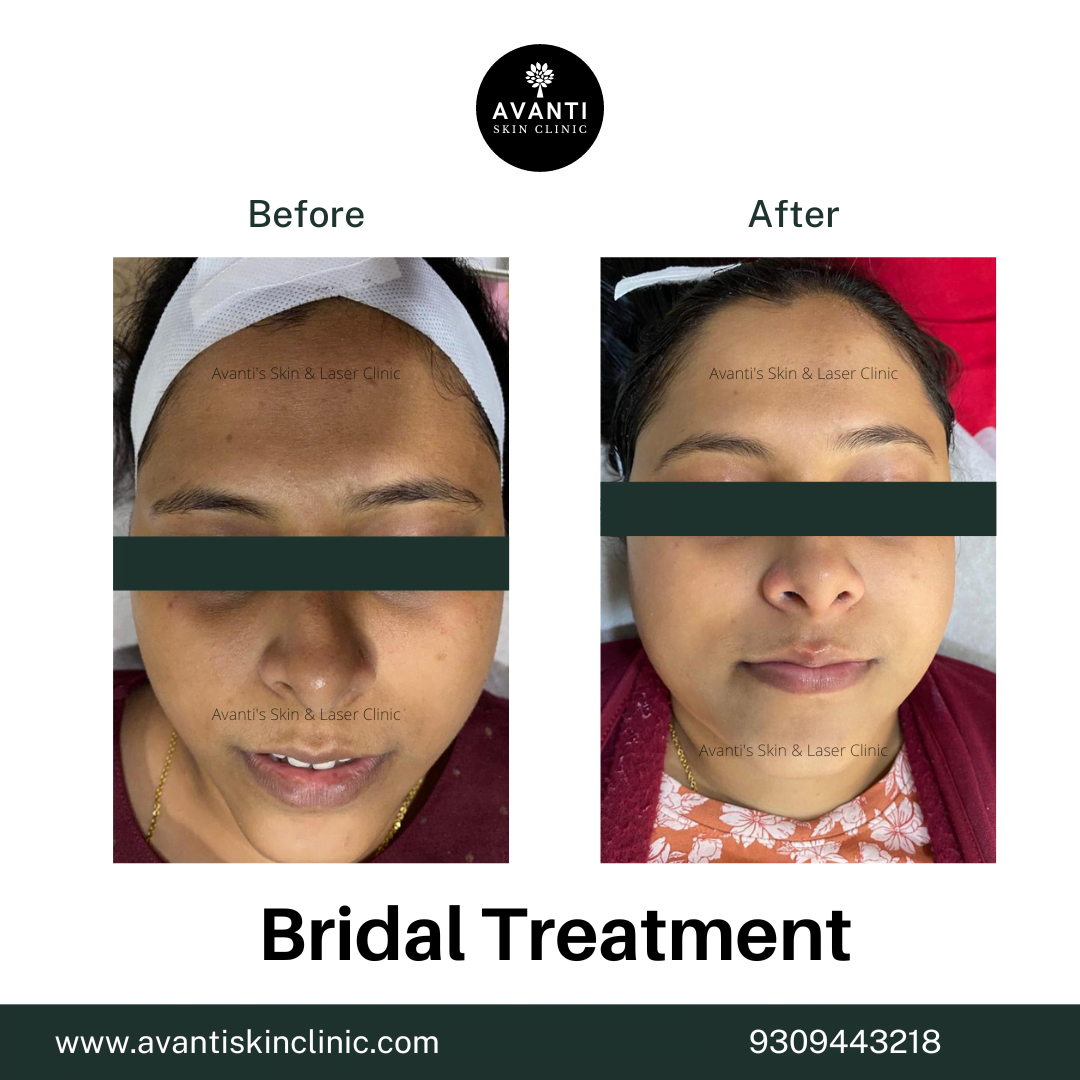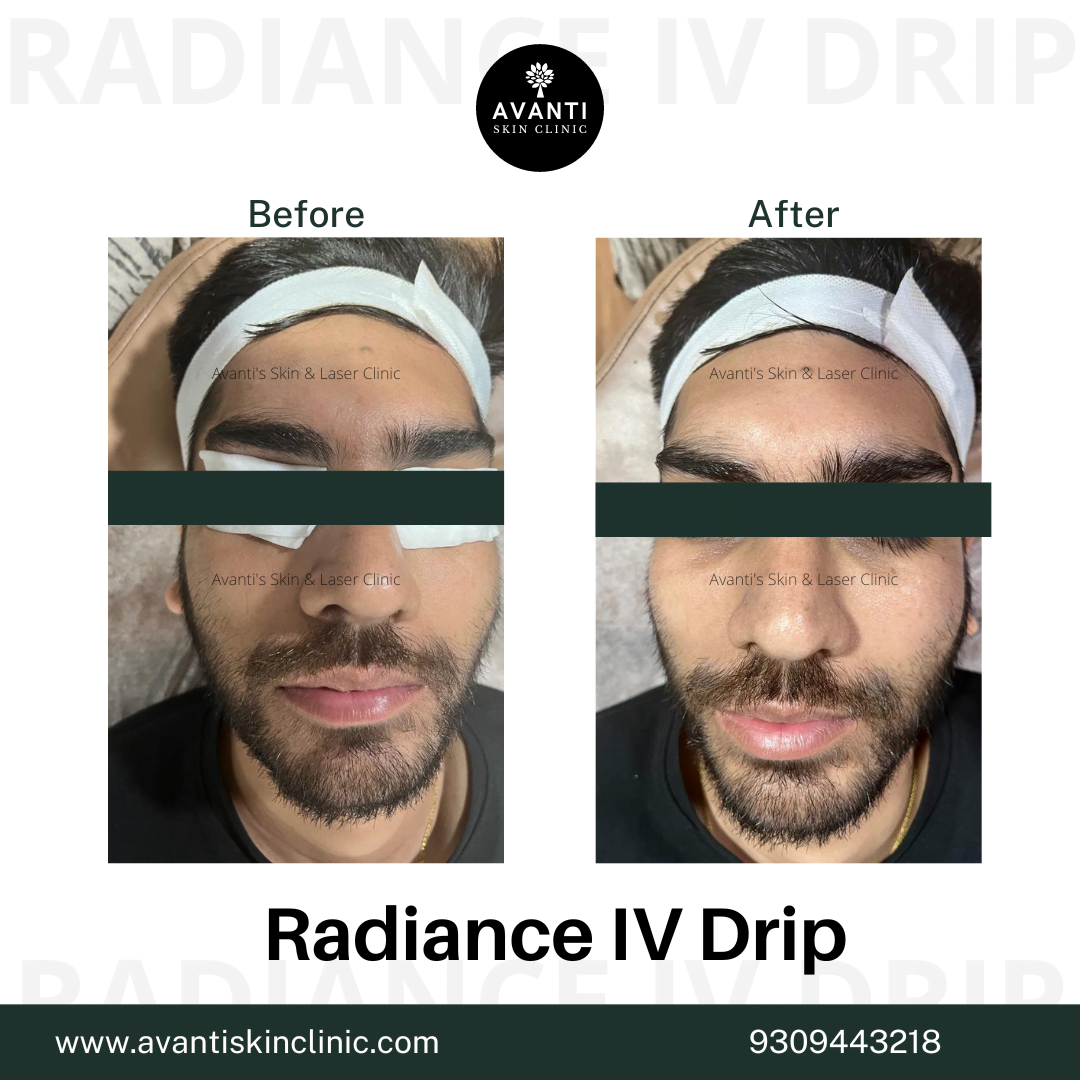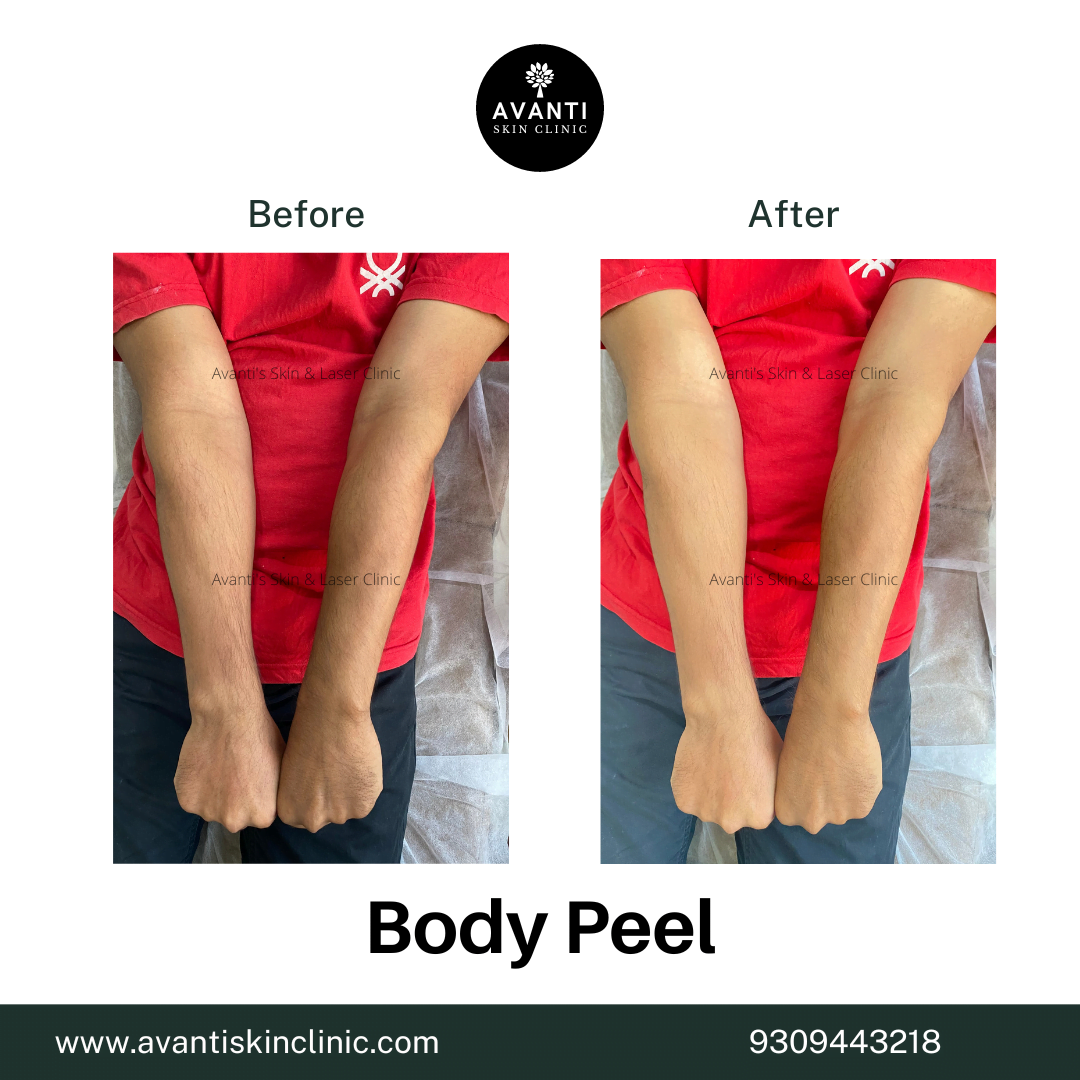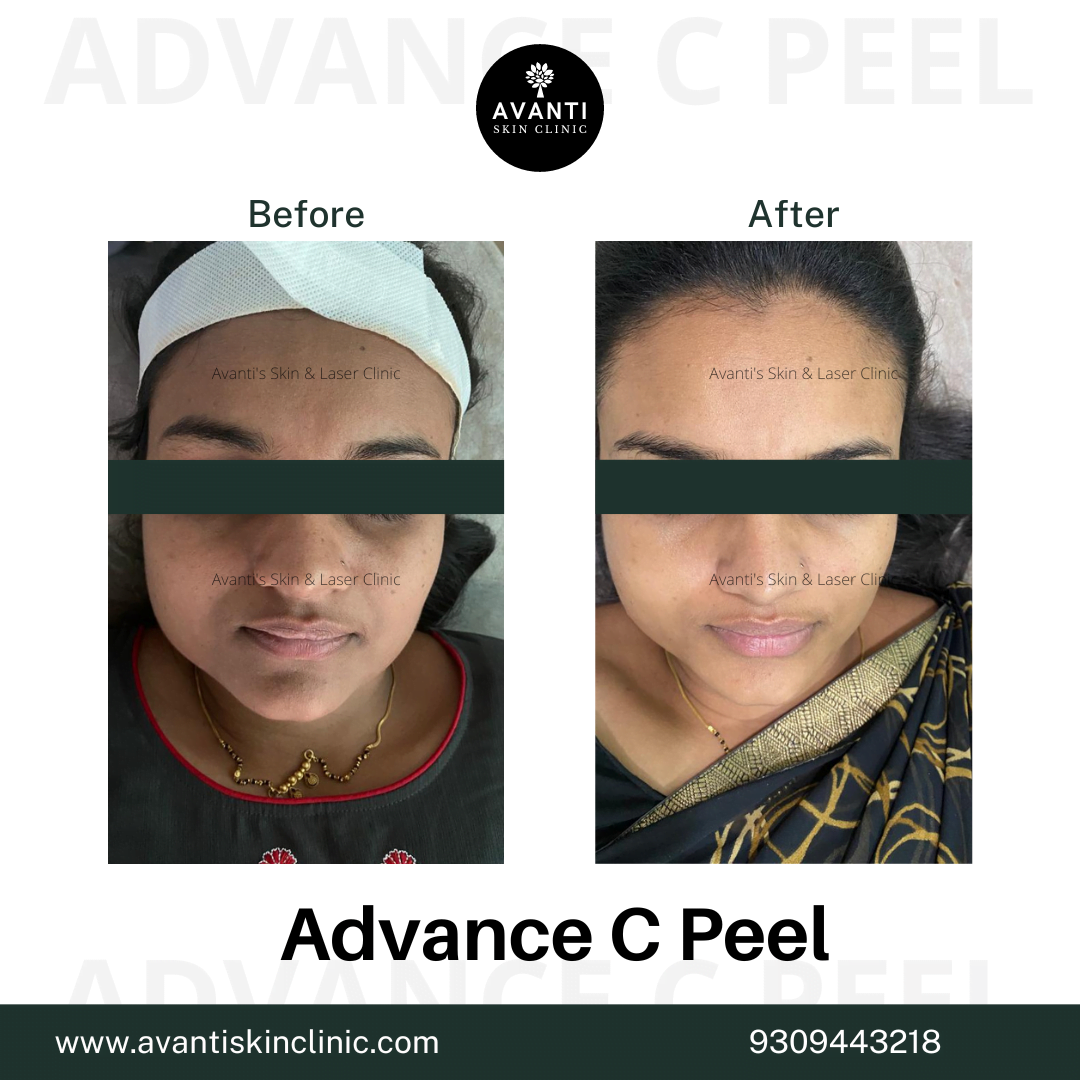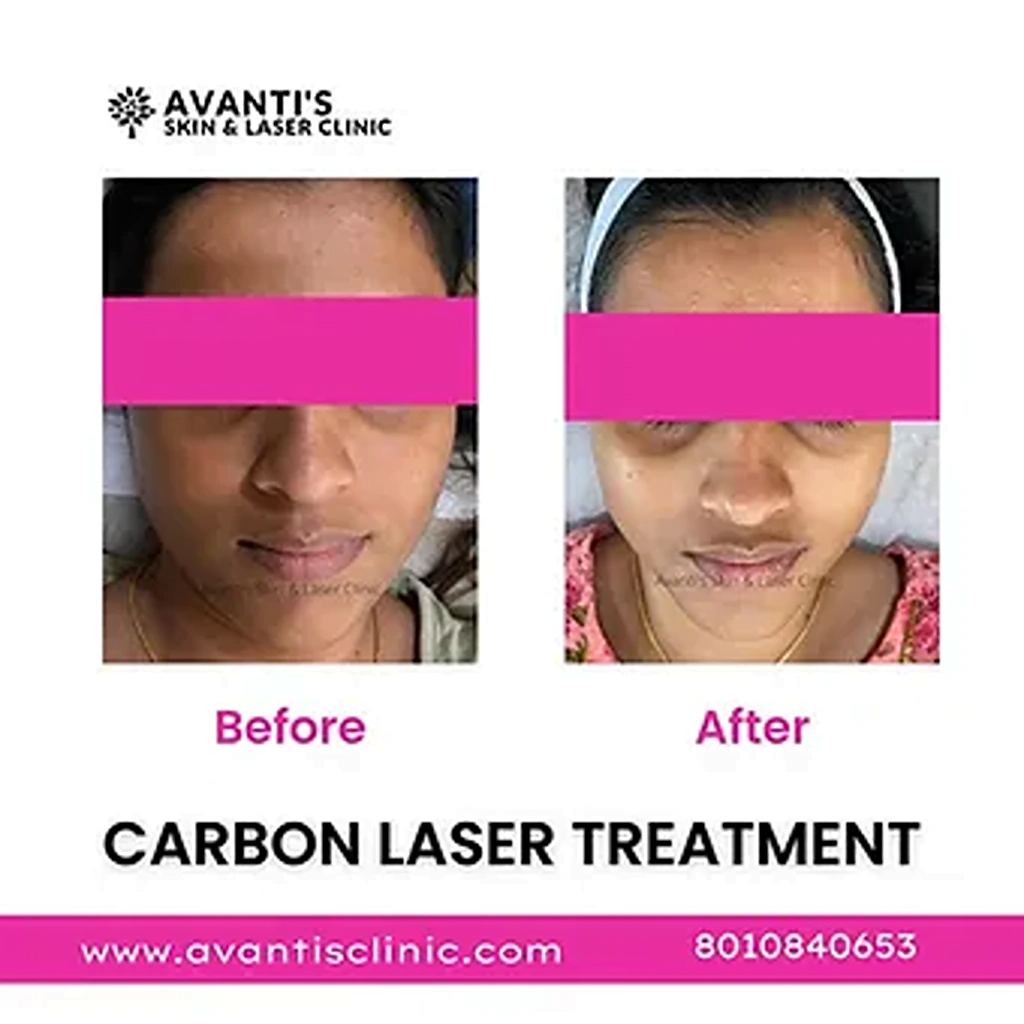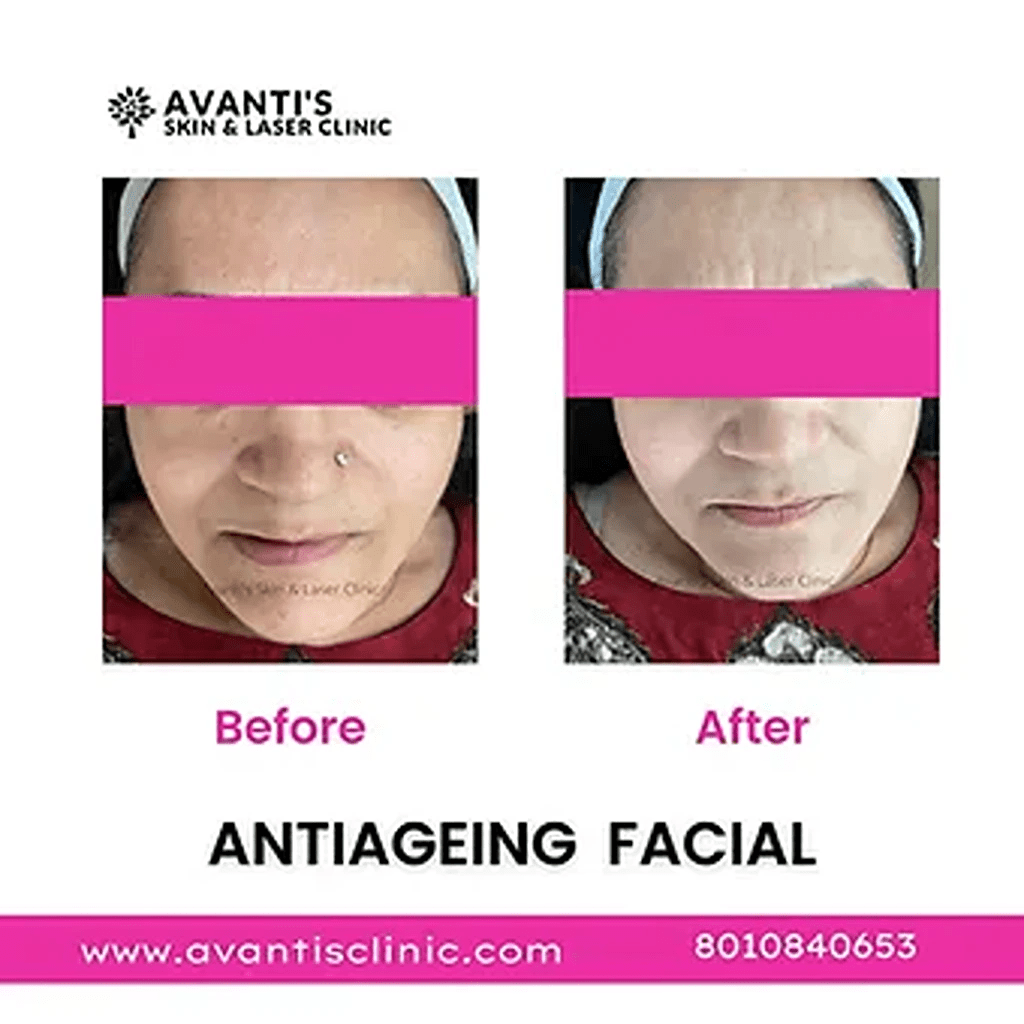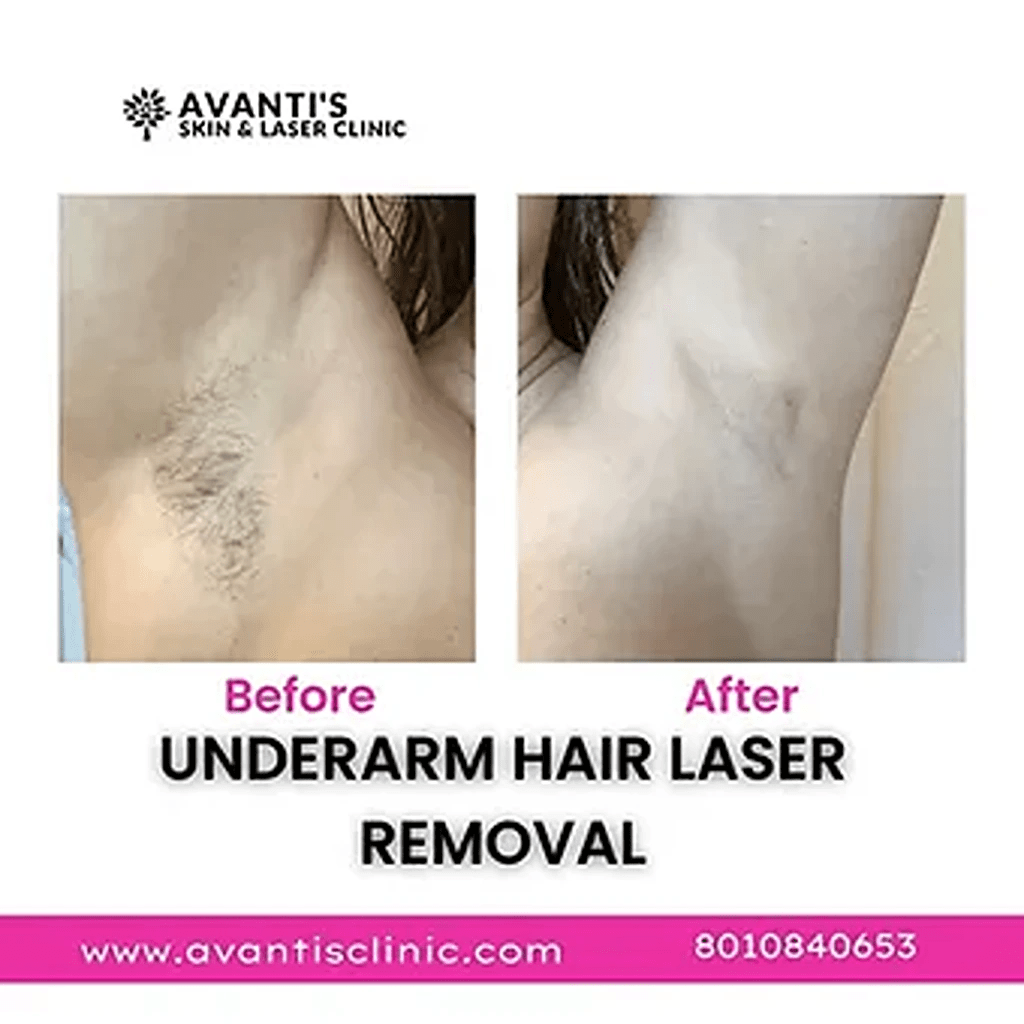What is the Difference Between Acne and Pimples? Clearing the Confusion
Introduction
If you’ve ever dealt with breakouts, you’ve probably heard people use the terms “acne” and “pimples” interchangeably. But are they the same thing? Many wonder, what is the difference between acne and pimples, and is one more serious than the other? Understanding the distinction is essential for choosing the right treatment and skincare routine.
In this blog, we’ll explore the real difference between acne and pimples, including what causes each, how they appear, and the best way to manage them. Whether you’re facing the occasional zit or battling chronic breakouts, this guide will help you get a clearer perspective.
What is Acne?
Acne is a chronic skin condition that occurs when hair follicles become clogged with oil, dead skin cells, and bacteria. It often appears as a combination of whiteheads, blackheads, papules, pustules, nodules, and cysts. Acne can be mild, moderate, or severe, and typically affects areas like the face, chest, back, and shoulders.
Common causes of acne include:
- Hormonal fluctuations (especially during puberty, menstruation, or stress)
- Excess sebum (oil) production
- Clogged pores due to dead skin cells
- Bacterial growth (Propionibacterium acnes)
- Genetics or family history
What Are Pimples?
Pimples are a symptom of acne — a manifestation of inflammation that results when oil glands become infected. In simpler terms, a pimple is a type of acne lesion. Pimples usually appear as red, tender bumps, often with pus at the centre.
There are different types of pimples:
- Whiteheads: Closed, clogged pores
- Blackheads: Open, clogged pores
- Papules: Small, red, raised bumps
- Pustules: Pimples with pus
- Cysts: Large, painful lumps beneath the skin
So, in the acne vs pimples comparison, think of acne as the condition and pimples as one of its symptoms.
Difference between acne and pimples
Acne is a disease, and pimples are one of its symptoms. This is how acne differs from pimples.Oil glands and hair follicles on the skin are both impacted by acne.
Your pores are linked to glands beneath your skin that produce sebum, an oily material. A channel called a follicle, which contains a fine hair that extends to the skin’s surface, connects the glands and pores.
A clog is created in the follicle when dead skin cells and sebum aggregate. Red pimples in acne are caused by inflammation caused by bacteria in the plug.
What leads to acne and pimples?
Although the precise causes of acne are unknown, it has been established that a few items can either cause or exacerbate acne, including:
- Hormonal shifts, including the menstrual cycle, pregnancy, and puberty
- Picking or squeezing at pimples that are already there or cleaning or scrubbing your skin too hard, as collars, caps, helmets and bag straps
- High humidity pharmaceuticals, including corticosteroids and anabolic steroids; cosmetics, including oil-based products, sunscreen, and hair products
Contrary to popular opinion, acne is not caused by stress or unclean skin. Additionally, most people do not get acne from eating chocolate or oily foods.
Symptoms of acne and pimples
Various symptoms, such as the following, can point to distinct forms of acne:
- Closed papules are tiny, delicate red or pink pimples; blackheads are clogged pores on the skin’s surface; and open whiteheads are clogged pores beneath the skin’s surface.
- Nodules are big, uncomfortable lumps located deep beneath the skin’s surface; pustules are papules with pus on top.
- Cysts are uncomfortable, pus-filled tumours beneath the epidermis.
Treatment for acne
For acne, dermatologists usually recommend a topical retinoid, like adapalene or topical tretinoin. The type of acne being treated may determine any additional advice or medicines. Over-the-counter (OTC) drugs are also occasionally advised.
Active components in recommended over-the-counter acne medicines often include Differentin (adapalene 0.1 per cent), an over-the-counter topical retinol, benzoyl peroxide, and salicylic acid,which is not usually advised as part of an acne treatment plan.
Additionally, your dermatologist may suggest therapy alone or in conjunction with medication. Acne treatments include chemical peel, light therapy, including intense pulsed light (IPL) therapy and photodynamic therapy.
Preventing acne and pimples
You can avoid acne or keep acne under control by taking a variety of self-care measures. A few to attempt are as follows:
- Use a gentle face cleanser and warm water to wash your face.
- Make use of cosmetics, sunscreen, and noncomedogenic hair products.
- Refrain from plucking or squeezing imperfections.
- Steer clear of touching your face with your hands, phone, or hair.
- Eat a balanced diet and stay away from foods high in glycaemic load and skim milk.
Conclusion
To sum up, what is the difference between acne and pimples? Acne is the broader skin condition, and pimples are one of its many symptoms. Understanding this distinction helps you treat the problem more effectively and prevents unnecessary panic over the occasional breakout.
Whether you’re dealing with long-term acne or the odd pimple, a targeted, consistent skincare routine is key. Knowing the acne vs pimples difference means you’re already one step ahead in your skincare journey.
Frequently Asked Questions
The simplest explanation is that acne is a skin condition, and pimples are one of the symptoms. If you have a pimple, you might not have acne, but if you have acne, you likely have pimples too.
Not always. Treating pimples usually involves spot treatments, while acne may require a long-term skincare routine or prescription medications. That’s why knowing the difference between acne and pimples matters.
Yes. An occasional pimple from stress or poor hygiene doesn’t mean you have acne. Acne is a recurring condition with multiple types of lesions.
Yes, in most cases. Acne is a chronic condition that can lead to scarring and requires more intensive treatment, whereas pimples are usually short-term and manageable.
If you’re getting frequent, widespread breakouts that include blackheads, whiteheads, and deep nodules, it’s likely acne. A few red bumps now and then are likely just pimples.
Acne is often caused by hormonal imbalances, excess oil, and bacteria. Pimples may result from temporary triggers like stress, diet, or not removing makeup properly.
Yes. Using comedogenic (pore-clogging) products can trigger both acne and pimples. Always choose non-comedogenic skincare, especially if you’re acne-prone.

